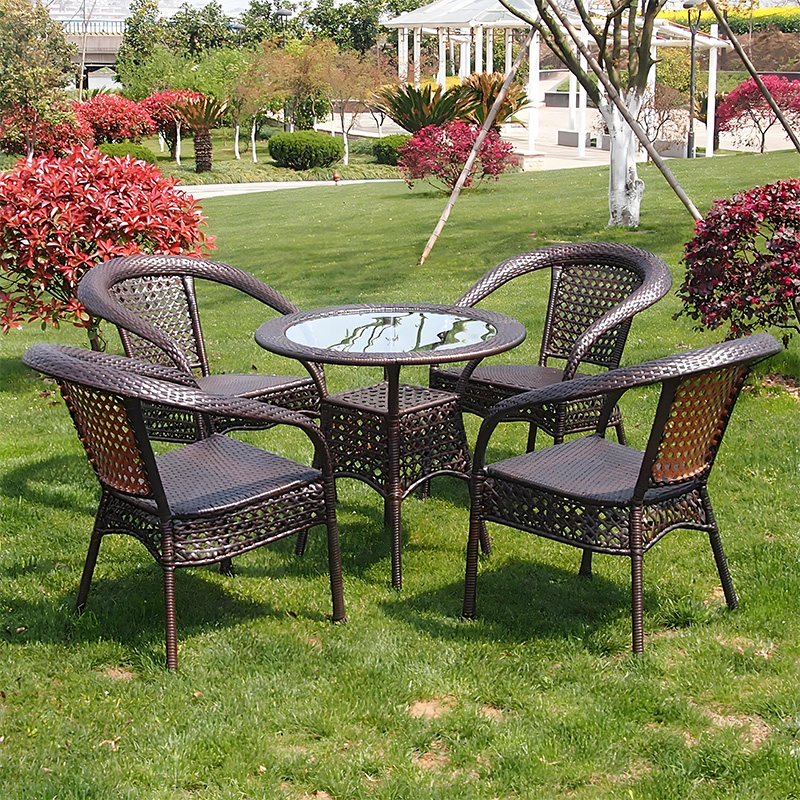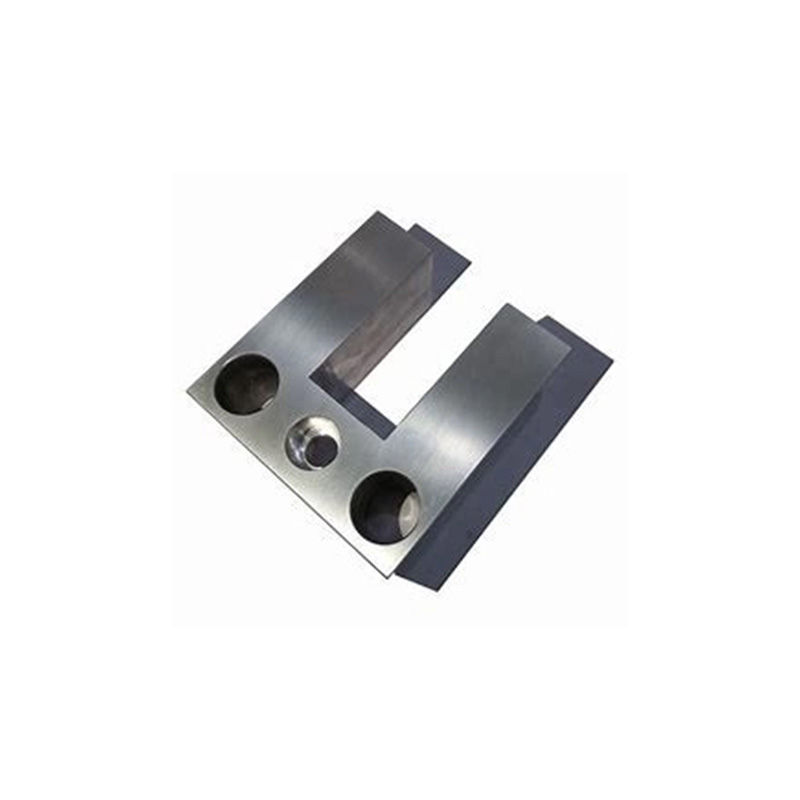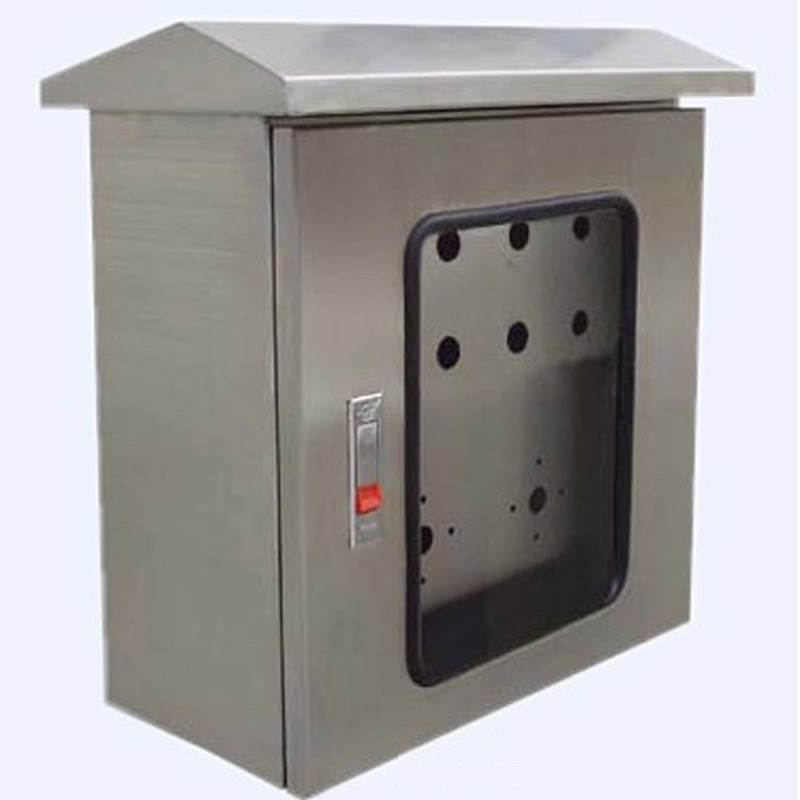Secret 1: Material Grade Matters More Than You Think
Real data point: Florida installations using 304-grade showed corrosion within 18 months, while 316-grade lasted 10+ years (NACE International Report 2024).
Material Comparison Table
| Criteria | 304 Stainless | 316 Stainless |
|---|---|---|
| Salt Resistance | Moderate | Excellent |
| Cost Difference | Baseline | +20-30% |
| Best Application | Indoor Offices | Coastal/Industrial |
Secret 2: Precision Alignment Techniques
5-Step Alignment Guide
- Mark bracket positions with UV-stable chalk
- Use Class II laser level for vertical alignment
- Pre-drill pilot holes with carbide bits
- Install vibration-damping pads under brackets
- Torque bolts to 15-20 N·m specification
Funnily enough, most DIYers skip step 4 – then wonder why their stainless steel handrail sings during earthquakes!
Secret 3: Hidden Corrosion Traps
⚠️ Critical Warning:
Never mix metals! Aluminum end caps on stainless tubes create battery effects. Always use compatible accessories like certified stainless steel handrail components.
Interesting fact: Fingerprint acids alone can initiate pitting corrosion. Professional installers always wear cotton gloves.
Secret 4: The Invisible Safety Factor
Case study: A Tokyo high-rise used our angled bracket technique – their stainless steel handrail withstood 9.0 magnitude tremors without failure.
However, don’t overcompensate! Excessive reinforcement creates hazardous rigidity. Balance is key.
Pre-Completion Checklist
- ✅ Conduct magnet test (real stainless won’t attract)
- ✅ Verify 1.5″ finger clearance from walls
- ✅ Check for burrs at weld points
- ✅ Test with 250lb static load
- ✅ Confirm continuous grounding
Frequently Asked Questions
Q: How often should stainless handrails be inspected?
A: Commercial spaces need quarterly checks for loose brackets. Residential units require annual inspections.
Q: Can I install directly onto drywall?
A: Absolutely not! Anchor points must connect to structural studs or concrete. Drywall mounts fail catastrophically.
Q: Why choose stainless over aluminum handrails?
A: Stainless offers 3x lifespan and superior dent resistance. Aluminum dents like soda cans in high-traffic areas.







